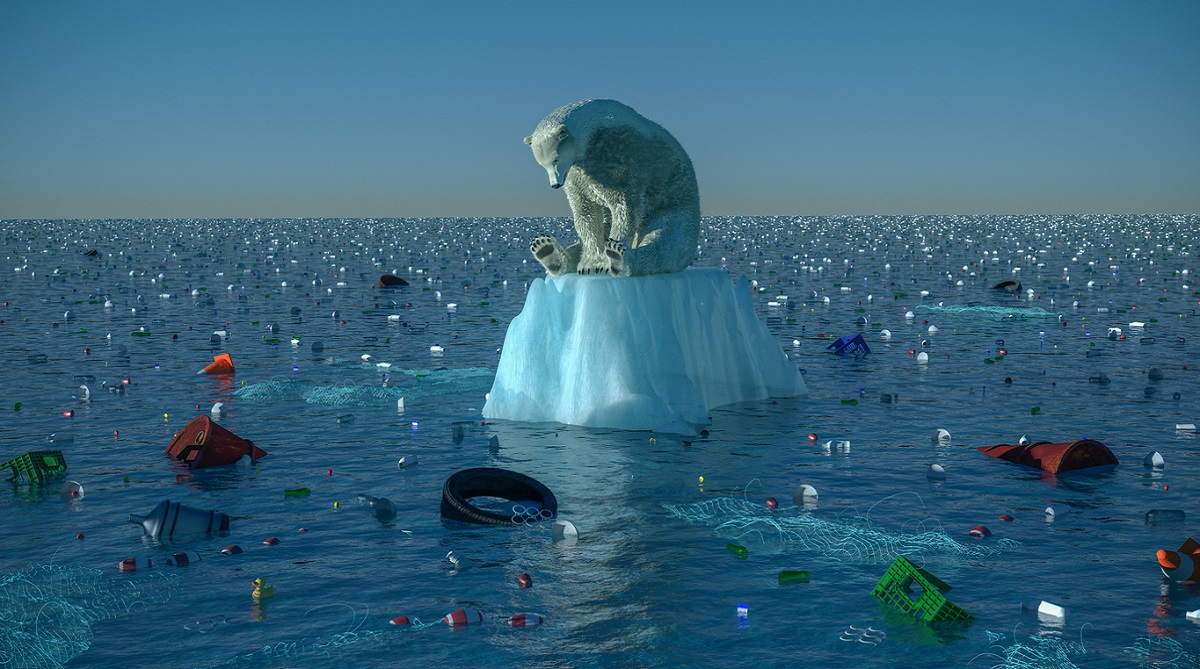In the last week of January, the United Nations Security Council in New York held a special session on climate change as a global security threat. It was not the first time such a session had been held but it was by far a much more alarmist session as we now acknowledge that human-induced climate change is already responsible for adverse impacts around the world, many of which lead to significant security issues both within countries as well as across international borders.
The first aspect of climate change as a security threat is as a “threat multiplier”. This is true for disputes and even wars based on clashes over land or water resources around the world. Some have suggested that the wars in Syria and Yemen can be traced to climate change linked disasters which preceded and may have contributed to the armed conflicts that followed.
Advertisement
The second aspect that raises its head in terms of security threat is of displacement of people who can no longer continue with their livelihoods where they live due to adverse climate change impacts and are forced to move, either within the country or across borders. Some scientists have estimated that a large part of the migration across the Mediterranean sea from Africa to Europe may be attributable to adverse impacts of climate change in the Sahel region of West Africa. However, one of the problems with attributing migration to climate change is that there are many other reasons for people moving, including economic and environmental, so separating climate change as the cause is problematic.
But, while this is difficult at present, it is not difficult to predict for the future. Hence we are certain that many millions of people will be forced to move from their present locations mainly in low-lying coastal regions that will be affected by sea level rise and in the drought-prone regions that will become deserts. Anticipating this problem is essential if we wish to avert it becoming a crisis.
The third aspect of climate change linked to security threats, which received relatively little attention, is the fact that refugees will be among the groups most vulnerable to the adverse impacts of climate change in the future. This is very well illustrated by the case of the Rohingya refugees from Myanmar now living in Cox’s Bazar region of Bangladesh. Although they are not climate migrants, the massive refugee camp in Kutupalong is now one of the climate change “Hot Spots” of Bangladesh. This is also true for other refugee camps around the world.
Hence there is a need to take this issue into account in planning about how to help refugees living under climate change risks going forward. This is also true for Bangladesh with regards to the Rohingya refugees as we move from the emergency aspects of looking after their humanitarian needs to their long–term vulnerabilities.
The Security Council had invited experts to address the climate change threat and provide advice on how to anticipate and deal with it before it becomes a crisis. Among the expert speakers were the heads of UNDP, WMO and other UN agencies as well as the Permanent Representative of Bangladesh to the UN who gave an excellent description of the issue and how Bangladesh is going about preparing to tackle it. For example, Bangladesh is developing climate resilient and migrant-friendly secondary towns to accommodate and provide economic opportunities to millions of future climate change migrants from the low-lying coastal zones so as to relieve pressure from Dhaka which is already the fastest growing mega-city in the world and may not be able to absorb another ten million migrants.
In conclusion, the Security Council recognised that climate change is real and already happening and affecting people negatively. There are significant threats to global security, but with early actions many of the worst scenarios can be avoided.
(The writer is the director of the International Centre for Climate Change and Development, Independent University, Bangladesh)











